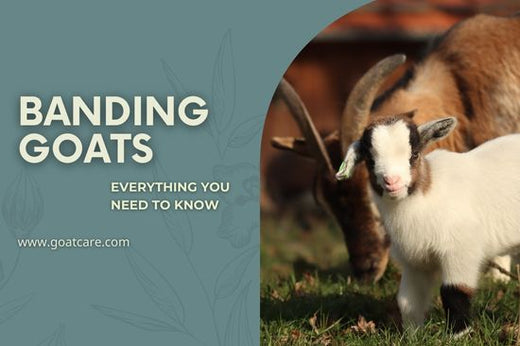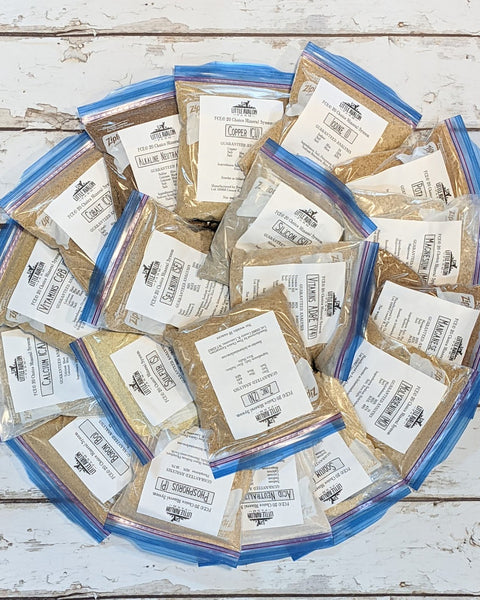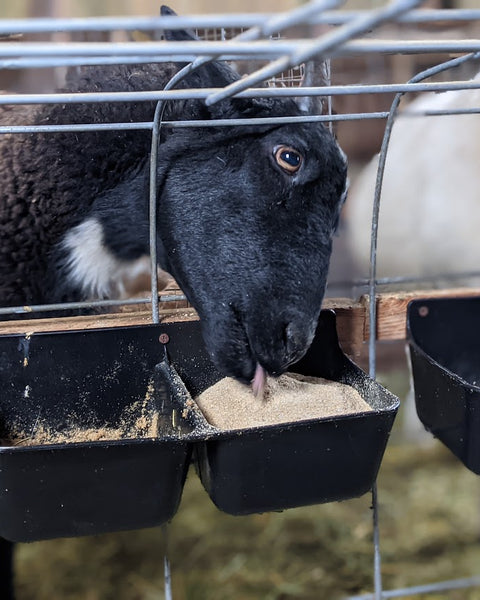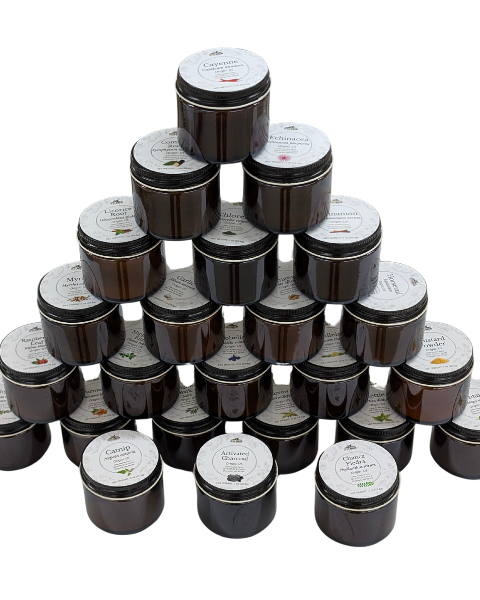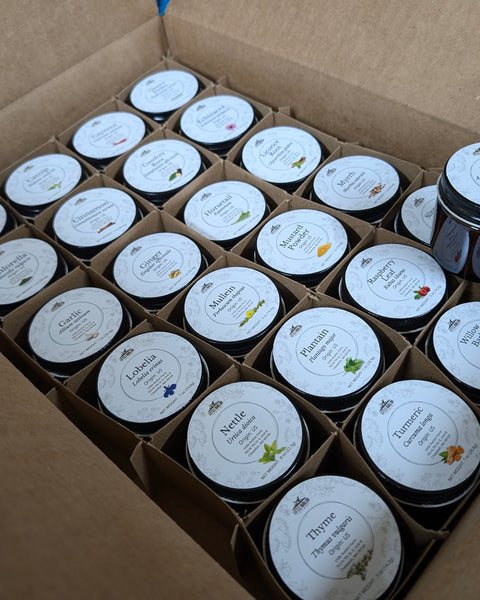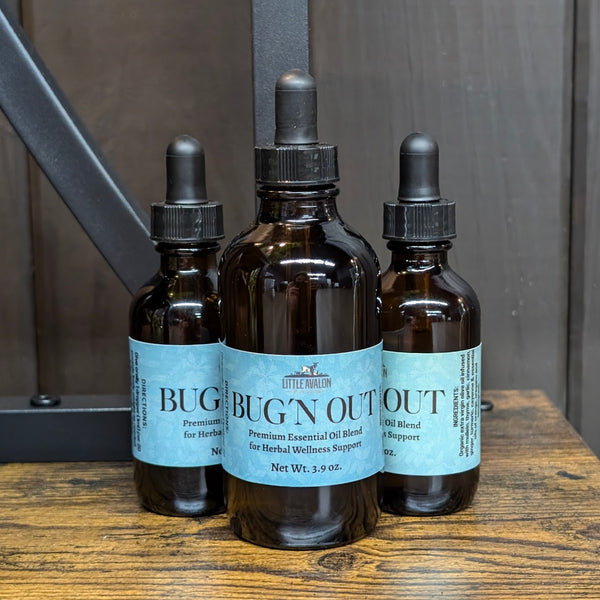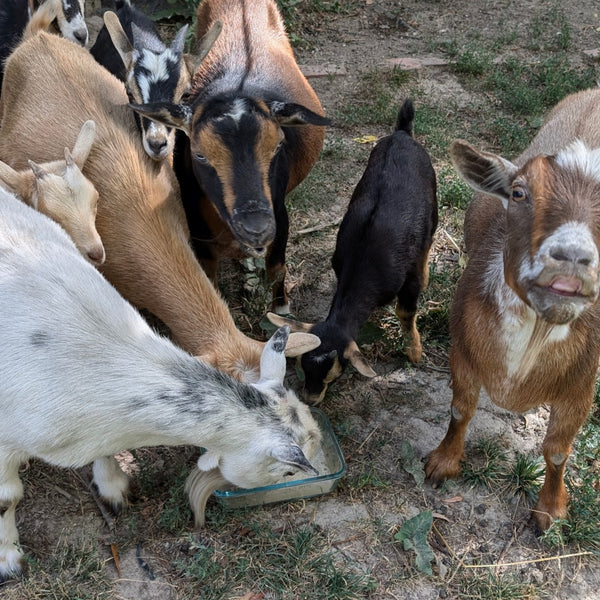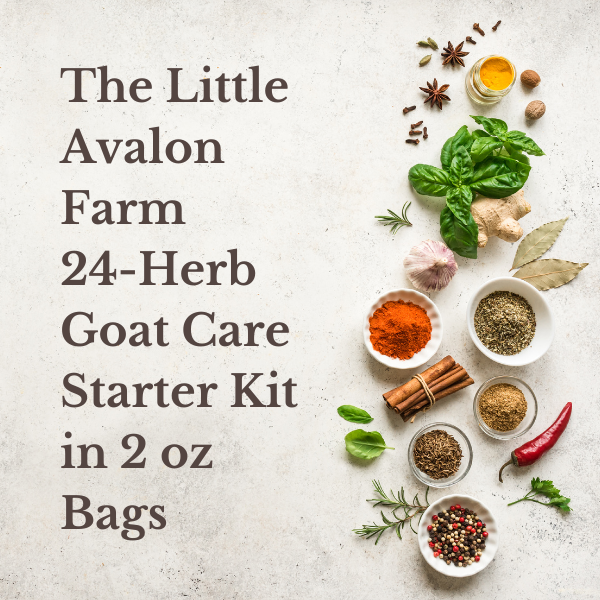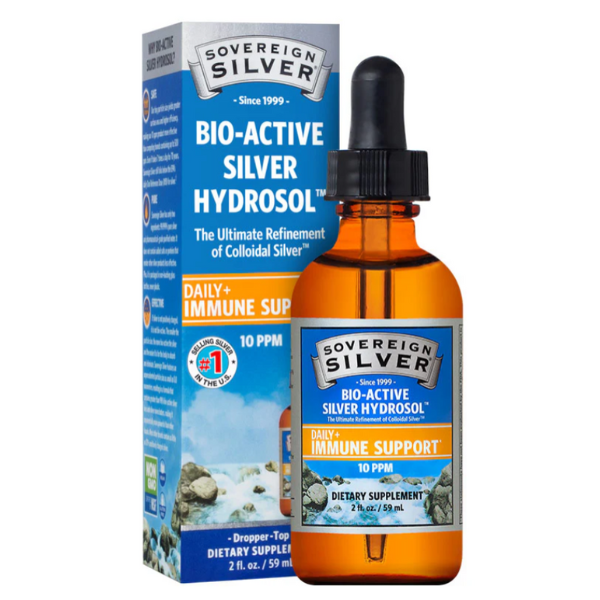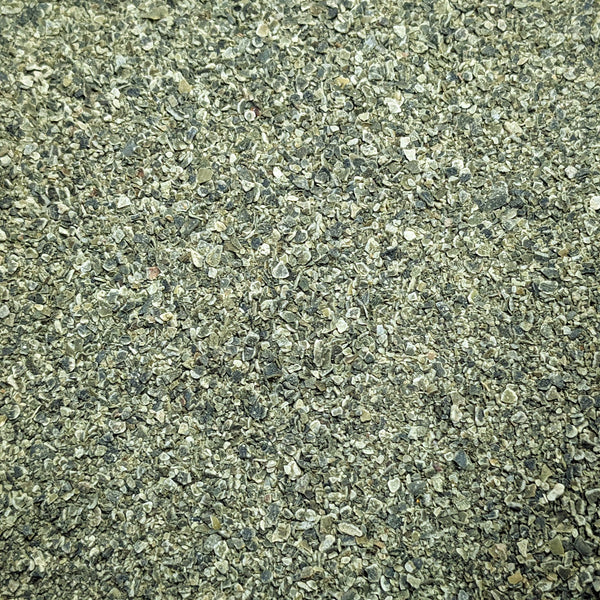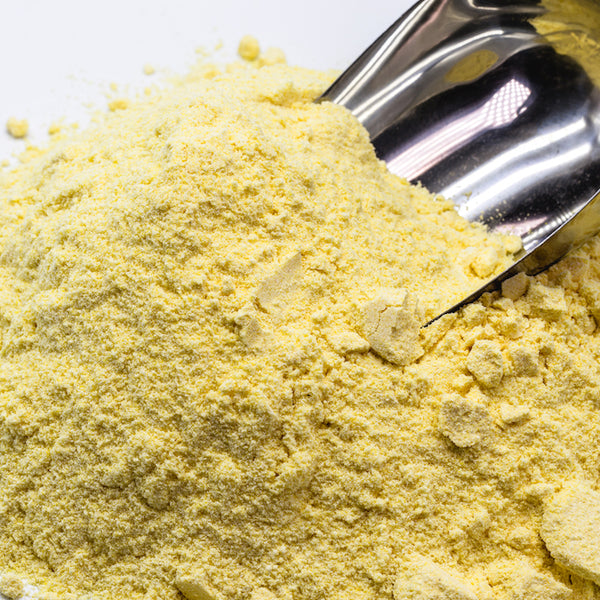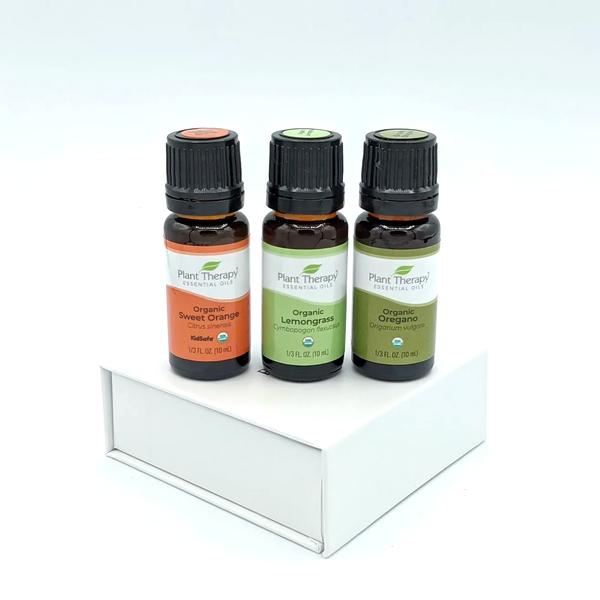What is Banding Goats?
Simply put, banding goats is a method of castration where a tight rubber band is placed around the goat's scrotum, cutting off blood flow to the testicles. Over time, the testicles wither, detach, and fall off naturally. It’s a cost-effective, bloodless, and widely used method to castrate male goats (bucklings).
Why do this? Intact males (bucks) can be smelly, aggressive, and not the best option for pets. Castrated males, or wethers, are calmer and easier to manage—ideal for pets or pack goats.
When to Band Goats: The Ideal Timing
Timing is everything when it comes to banding goats. The general consensus is to wait until the goat is at least 10–12 weeks old. Here’s why:
- Too Early: Banding before 10 weeks is said lead to complications like urinary calculi (UC). Testosterone helps the urethra grow, and removing it too soon can hinder development.
- Too Late: Waiting too long (after 3–4 months) makes the procedure more challenging and increases the risk of complications, as the scrotum and testicles become larger and harder for the band to restrict. There is also a marked increase in pain response with late banding.
However, there is no data to support the assertion that early banding increases the risk of urinary calculi. Since the primary cause of UC is improper diet, early banding may impact the size of the urethra and thus create more resistance when stones form, but it doesn't itself cause urinary calculi.
For this reason, it's important to look at all factors, such as pain, if the goat is moving to a new home anytime near the castration window and your own ability/schedule to determine the best time for banding goats.
When is it Too Late to Band a Goat?

If your buckling is older than 4 months, a traditional banding tool may be too
small. Instead, consider the California bander for larger sizes, or opt for an alternative method, such as surgical castration or using a Burdizzo tool.
Weigh the animal's health and comfort against the practicality of each method to determine the correct procedure.
Goat Banding Tools and Kits: What You Need
Before diving into the process, gather your goat banding kit. Here’s what you’ll need:
- Elastrator: A goat banding tool like an elastrator is essential for the banding process to apply the rubber band.
- Rubber Bands: Thick, green bands designed for livestock. Always bring a backup band in case the first one breaks and replace old bands due to increased brittleness with age.
- Pain Relief: While optional, an herbal willow bark tincture or medications like Banamine can ease discomfort.
- Tetanus Antitoxin: Some folks may prefer to administer tetanus anti-toxin to protect against tetanus, which can occur due to the anaerobic environment created by the band. Many articles and guides instruct on proper preparation and administration of tetanus prevention methods
- Colloidal Silver: For cleaning the area beforehand.



How to Band a Goat: Step-by-Step Guide
Ready to get started? Here’s a simple walkthrough for how to band goats summarized here:
- Prepare the Goat: Have someone help restrain the goat. Lay it on its back with its stomach facing you. Putting the goat in a sitting position can utilize gravity to keep the testicles down in the scrotum.
- Sanitize: Spritz the scrotum with colloidal silver to reduce the risk of infection.
- Set Up the Band: Place a rubber band over the prongs of the elastrator and open it fully by squeezing the handles. Do this gradually by opening it further and further with each squeeze until it is fully open. A gradual approach minimizes the risk of breakage.
- Position the Band: Slide the scrotum and both testicles through the band. Ensure both testicles are below the band, and the teats are not caught.
- Release the Band: Once in place, do a final check to ensure both testicles are below the band and teats are not caught in the band, then gently close the band and roll it off the pliers.
- Monitor: Expect discomfort for the first few hours. Pain relief can help, but most goats adjust quickly.
If you make a mistake, cut the band immediately and start over. Never leave a band on incorrectly—it can cause severe complications. There is some risk of inflammation and infection if a band is removed after it has been on for several hours. If you find the need to remove a band at this stage, consult a veterinarian for guidance.
Can Banding a Goat Kill It? Understanding the Risks
While banding is generally safe, it’s not without risks. Common complications include:
- Infection: Watch for redness, swelling, or foul odors.
- Tetanus: Though rare, tetanus can occur due to banding. Beginning with clean tissue and administering anti-toxin at the time of banding can help mitigate this risk.
- Improper Banding: Failing to fully restrict blood flow can lead to necrosis or partial castration.
With proper technique and care, these risks are minimal.
Aftercare for Banding Goats
Once banded, keep a close eye on the goat for the next few weeks. Here’s what to do:
- Check Daily: Look for signs of infection or abnormal swelling.
- Monitor Healing: The scrotum should dry out and fall off within 6–8 weeks. There may be some minor bleeding during this falling off period, but it should fully heal itself. You can spritz the area with colloidal silver to help ward off infection.
In fly season, check more frequently to prevent maggots from invading the site.
Comparing Castration Methods: Why Choose Banding?
There are other castration methods, but banding is often the preferred choice. Here’s how it stacks up:
- Banding: Bloodless, simple, and effective when done correctly.
- Cutting: Immediate results but involves more trauma and risk of infection.
- Burdizzo: A bloodless tool that crushes the spermatic cords but requires skill to execute properly.
Banding strikes the right balance between ease and effectiveness for most goat owners.
Conclusion
Banding goats is a straightforward and effective method for castrating male goats, making them calmer, healthier, and better suited as pets or non-breeding animals. By using the right tools, such as a goat bander or banding kit, and waiting until the ideal age of 10–12 weeks, you can greatly reduce the risks of complications like urinary calculi or infection. Proper technique, timing, and aftercare are essential to ensure a safe and humane process.
Whether you’re new to goat care or looking to refine your methods, following the steps outlined here will help you band goats with confidence. Remember to monitor your goats closely during recovery and always double-check your band placement. With care and preparation, banding can be a safe and effective solution for managing your herd. For any questions or concerns, don’t hesitate to consult a veterinarian or experienced goat owner—your goats will thank you!
FAQs
What is a goat bander?
A goat bander is a tool, also called an elastrator, used to apply rubber bands for castrating goats.
How do I know when to band my goats?
The ideal time to band goats is between 6 and 12 weeks of age. Waiting too long can make the process more painful, while banding too early may impact urethra development. Using a proper goat banding kit will help ensure the process goes smoothly.
What is included in a goat banding kit?
A typical kit includes an elastrator, rubber bands and tetanus antitoxin.
What happens if I band a goat incorrectly?
Incorrect banding can cause complications like infection, necrosis, or incomplete castration. Remove the band immediately and retry.
What is a goat bander or castration tool?
A goat bander, also known as an elastrator, is a castration tool used to apply rubber bands for banding goats. It’s a simple and effective tool for safely castrating young male goats.
